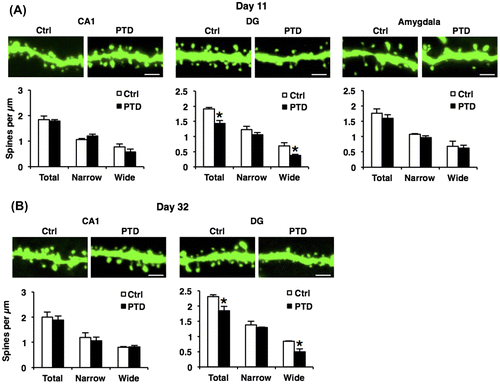Figures & data
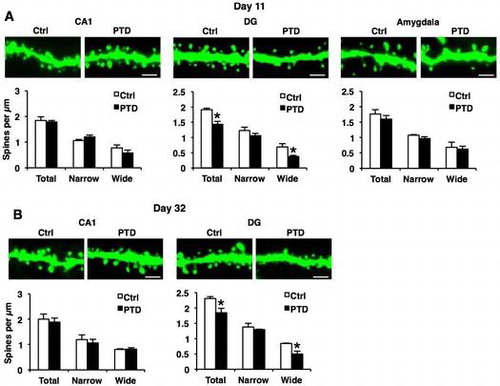
Table 1. Composition of control and TD diets.
Fig. 1. Body weight loss and ataxia by PTD treatment and its rescue by recovery treatment.
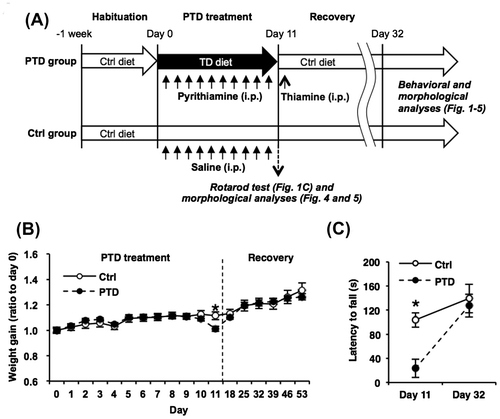
Fig. 2. Impaired hippocampus-dependent LTM formation in PTD mice.
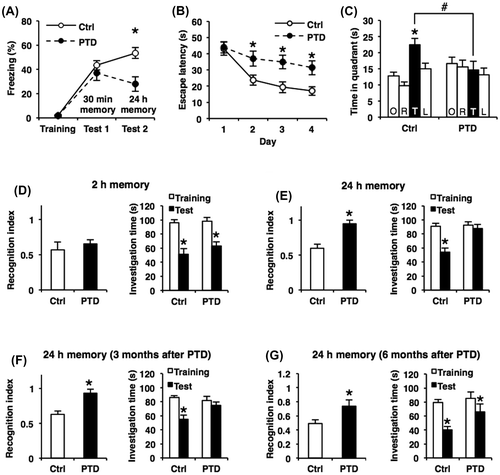
Fig. 3. Normal amygdala-dependent LTM formation in PTD mice.

Fig. 4. Hippocampal neuronal loss in PTD mice.
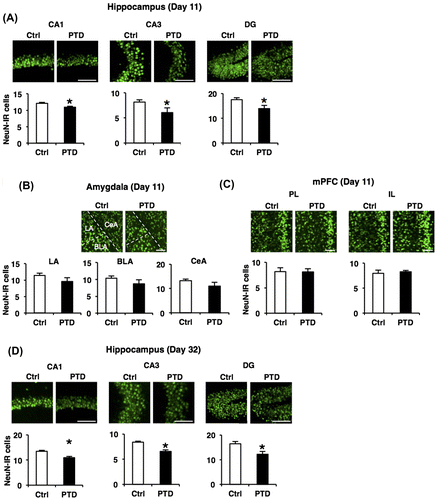
Fig. 5. Decreased dendritic spine density on hippocampal DG neurons in PTD mice.
